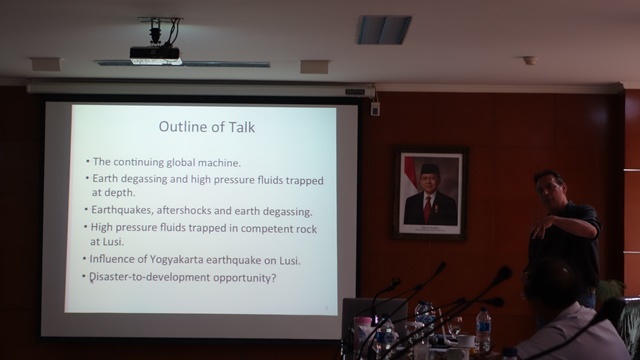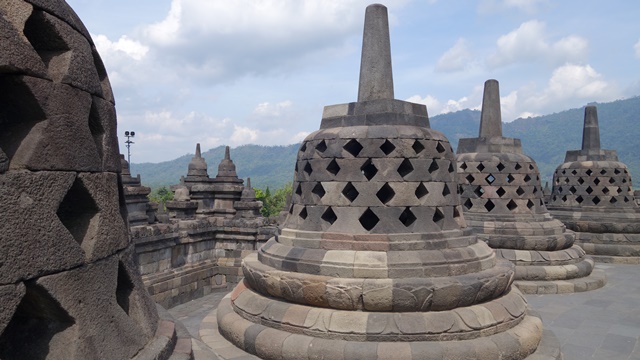31
Oct
2017
On May 29, 2006, a torrent of mud spewed from vents that opened up in the ground in a densely populated area of the Indonesian island of Java. That mudflow eventually buried houses, businesses and roads over an area twice the size of Central Park in New York and drove tens of thousands of people from their homes. More than 11 years later, mud, rocks and gases still sputter from the gashes in the earth there.
17
Oct
2017
WASHINGTON D.C. — On May 29, 2006, mud started erupting from several sites on the Indonesian island of Java. Boiling mud, water, rocks and gas poured from newly-created vents in the ground, burying entire towns and compelling many Indonesians to flee. By September 2006, the largest eruption site reached a peak, and enough mud gushed on the surface to fill 72 Olympic-sized swimming pools daily.
24
Jul
2013
Earthquake, not drilling, likely caused 2006 eruption in Java.
22
Jul
2013
A catastrophic mud eruption in Indonesia blamed on drilling by an oil company might instead have natural causes, new research suggests.
22
Jul
2013
Nature Geoscience | Letter Lusi mud eruption triggered by geometric focusing of seismic waves M. Lupi,1 E. H. Saenger,2 F. Fuchs1 S. A. Miller1 Affiliations Contributions Corresponding authors Journal name: Nature Geoscience Year published: (2013) DOI: doi:10.1038/ngeo1884 Received: 29 November 2012 Accepted: 10 June 2013 Published online: 21 July 2013







